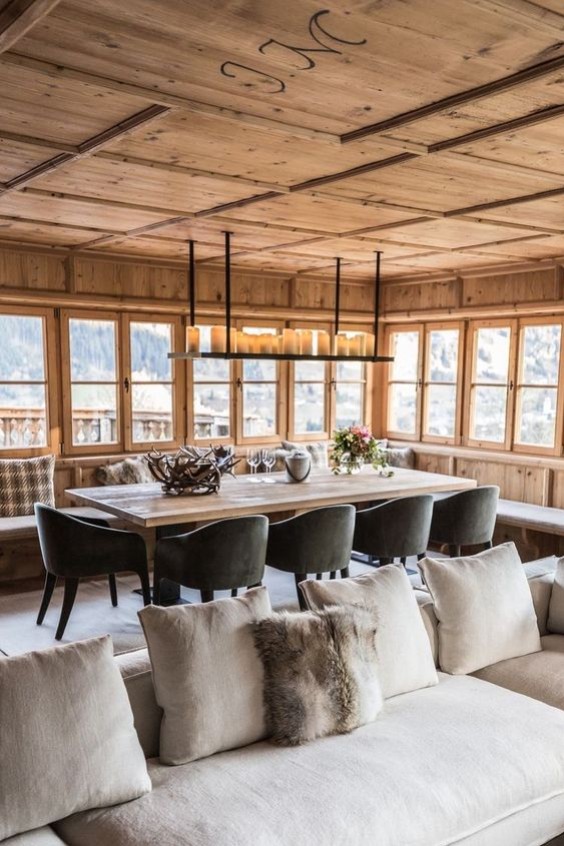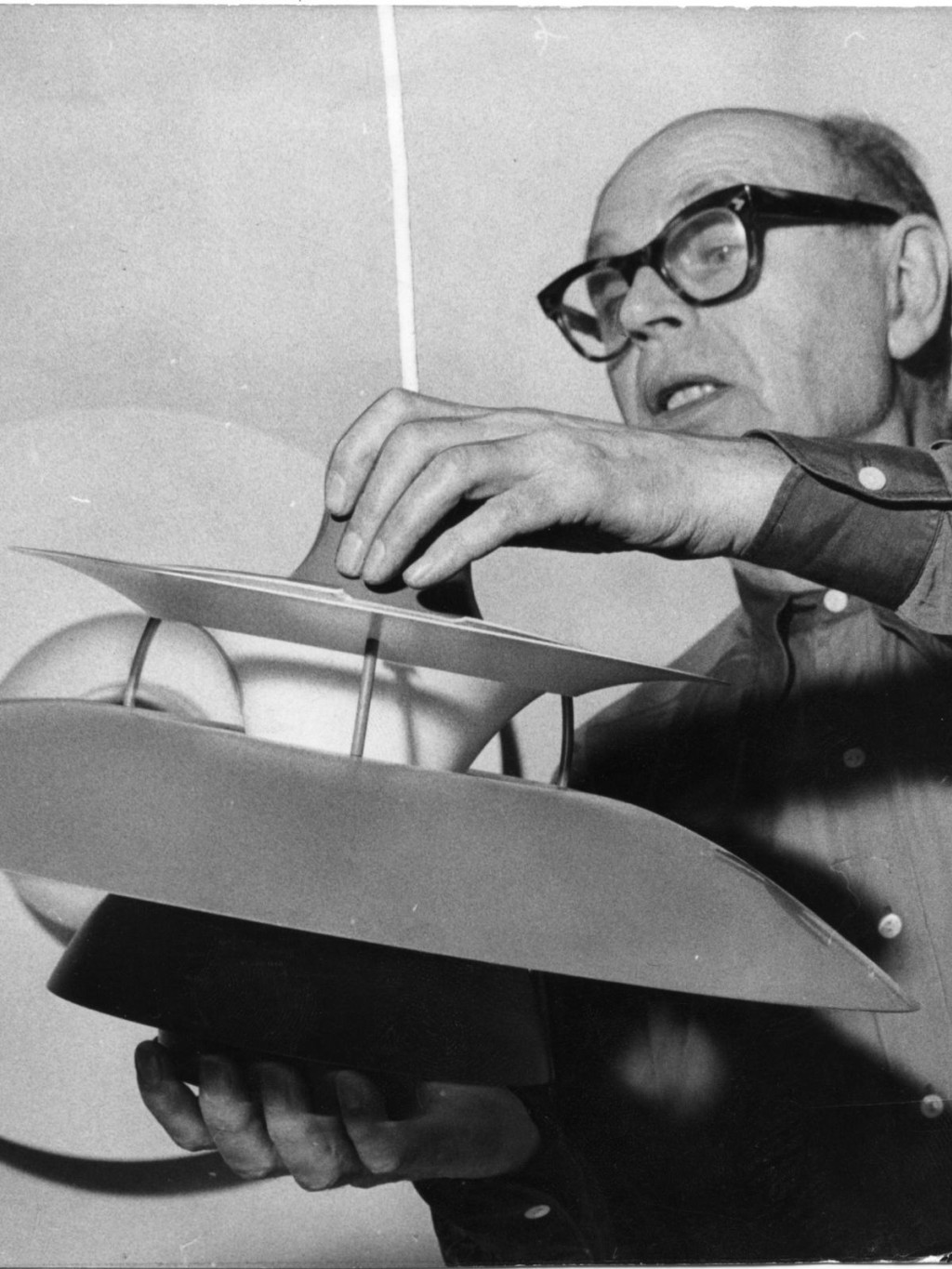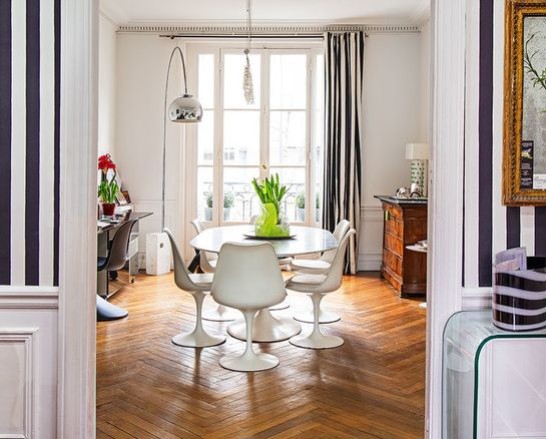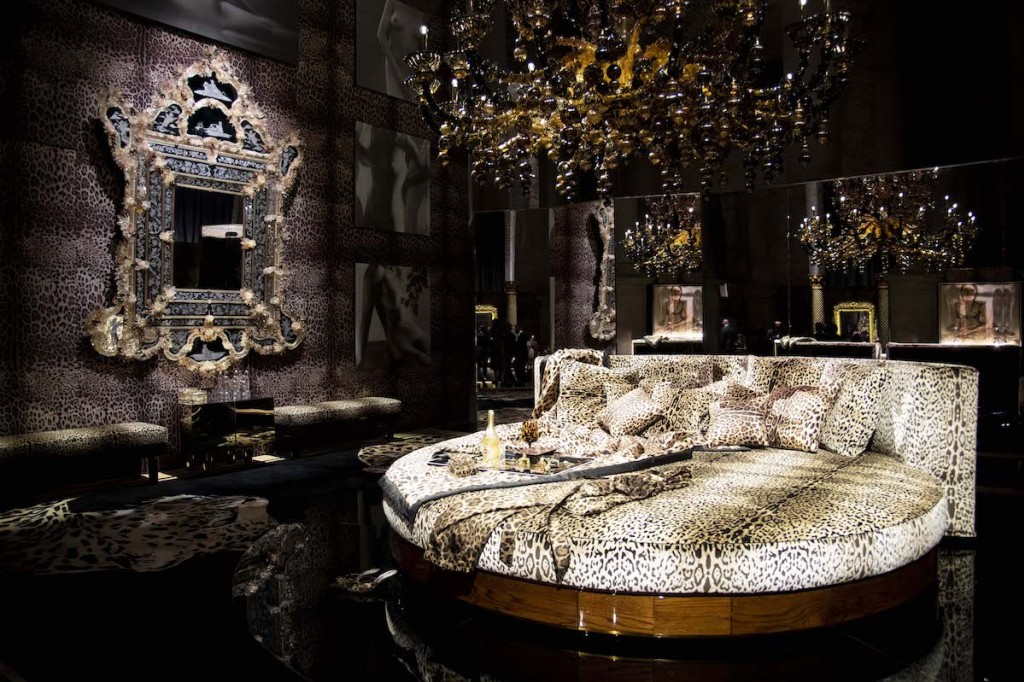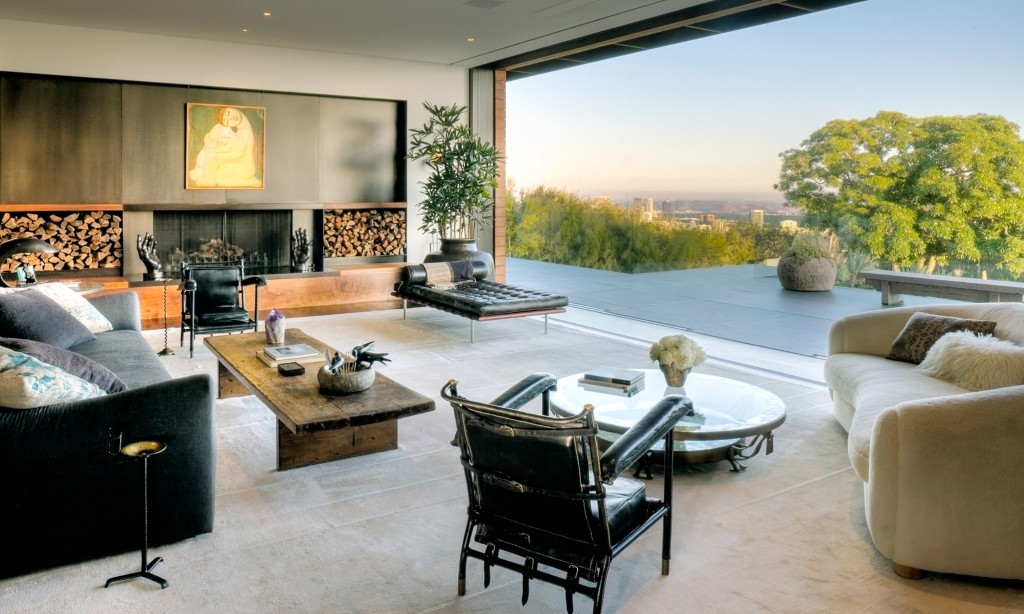In 2017, Italian ceramics publisher Bitossi decided to entrust Nathalie Du Pasquier, a member of the 1980s design movement Memphis, with the design of its new collection. The goal: to create pieces that challenge the codes of ceramics. A proof of the interest of a historical ceramic manufacturer (1921) in the creative power of a renowned designer. The very special work of ceramics attracts designers, just as the world of design uses this ancestral art to sublimate interiors, to create aesthetic pieces that reflect an atmosphere or a mood. It is these close links between design and ceramics that we will evoke through the collaborations of the famous Italian glassworks Venini, or the fabulous project of furnishing the Parco Dei Principi hotel in the early 1960s.

© Livingspace
In fact, if there is indeed a glass factory originating from Murano - the island with the historical tradition of glassblowing work -, which very quickly understood the interest of collaborating with designers and architects, it is the very famous Venini house, created in 1921. To establish its reputation and produce artistic pieces and collections, Venini's directors, starting in the 1930s, sought out designers from around the world to infuse - one would be tempted to say "blow" - creativity and originality into their production.
At Venini, Italian architect and designer Carlo Scarpa (1906-1978) did not come from the traditional glassmaking background. Often, in traditional Murano glassworks, the skills are passed down from generation to generation, between people in the same family. Scarpa first became an artistic advisor for the Cappellin glassworks. Then, he joined Venini in 1932, before becoming its artistic director, a position he would hold until 1946.

© Cambiaste

© Cambiaste

© Cambiaste
Venini quickly acquired an international reputation that went hand in hand with the renaissance of Murano glass. From then on, the glassworks attracted foreign designers to it in the second half of the 20th century, including: Tyra Lundgren, Ken Scott, Tappio Wirkkala. The greatest Italian designers also flocked to La Fornace, such as Fulvio Binaconi, Tomaso Buzzi, Franco Albini, Piero Fornasetti, Alessandro Mendini, Gae Aulenti, etc.

© Cambiaste

© Cambiaste

© Incollect

© Maison Rapin

While designers respond favorably to the sirens of the great glass houses of Murano, the art of ceramics can also be put to work in the service of a design and design furnishing project. A historical example illustrates this model with the intervention of one of the masters of Italian architecture, Gio Ponti (1891-1979), to transform and furnish the Hotel Parco dei Principi, located in the Gulf of Naples, in Sorrento.

© kibodio

© Hotel Parco dei Principi in Sorrento
In 1960, Gio Ponti was commissioned to transform a former dacha into a hotel. Located on a cliff overlooking the sea, the setting is superb: azure sea of the Amalfi coast and dolce vita. The great Italian architect will achieve a master stroke by building a palace of brilliant whiteness, expressing his taste for a modern radicalism, through an architecture that celebrates the right angle.

© Hotel Parco dei Principi in Sorrento
Another great achievement, which is what interests us here, is the way Gio Ponti will design the interior space of the palace. For this project, the architect will use the aesthetic qualities of ceramics. Thus, he designs for the floor of the rooms, 30 different models of ceramic tiles. According to him, "I made a hotel in Sorrento and, although it was not necessary, I decided that each of its 100 rooms should have a different floor. So I made 30 different patterns, each of which could be used to produce 2, 3 or even 4 combinations."
These tiles, 20 cm by 20 cm, which have gone down in design history (they're called "Ponti Blue"), convey the beauty of the place. They are blue, sky and white designs, in the image of the blue azure of the sea and the sometimes blinding luminosity of southern Italy. The patterns are geometries in space, stylized floral motifs, dynamic carpets of leaves... For his setting, Gio Ponti had his famous tiles made with the complicity of Ceramica D'Agostino of Salerno. About the hotel, one can truly speak of a total work of art, with an exceptional chromatic unity.

© ÅKE E:SON LINDMAN

© ÅKE E:SON LINDMAN

© ÅKE E:SON LINDMAN

© ÅKE E:SON LINDMAN

© divisare
Ceramics represented a field of experimentation for Gio Ponti. Long before he signed the transformation of the Hotel Parco dei Principi, the architect had occupied, since 1923, the artistic direction of 2 factories belonging to Richard Ginori. One specialized in pottery and the other in the production of fine porcelain. In particular, Gio Ponti succeeded in modernizing the production of ceramics, creating a system of families of pieces and thus dusting off the old-fashioned tastes of forms and patterns inherited from the eighteenth and nineteenth centuries.

© kibodio
Just like Gio Ponti, another prominent figure of twentieth-century Italian design renewed the art of ceramics, developing a new aesthetic language at different times. His name: Ettore Sottsass (1917-2007), the brilliant Italian designer who did everything. As early as the 1960s, Sottsass began using ceramics in his work.


© wildbirdscollective
He finds a field of expression in which he applies the traditional techniques of Italian pottery to his vision of contemporary architect. The objects he creates even go so far as to represent his moods and philosophical questions. For Pierre Staudenmeyer, gallery owner and specialist in contemporary decorative arts, "Ceramics is the common thread that underlies all of Sotssass' work." Proof that the world of design and that of ceramics have a fusional relationship...
François Boutard

